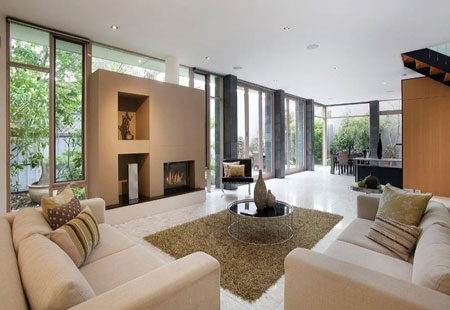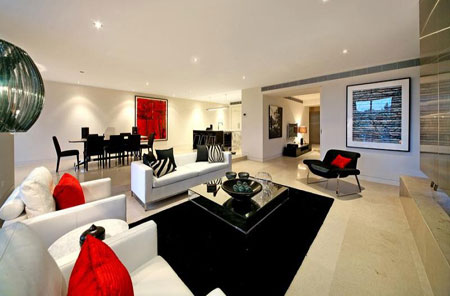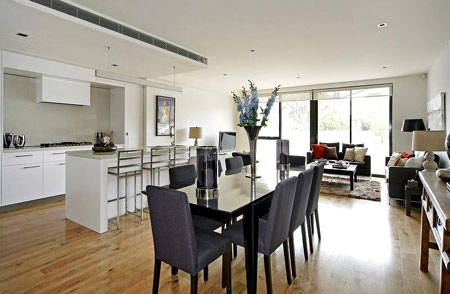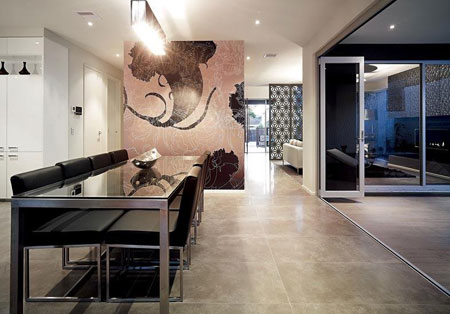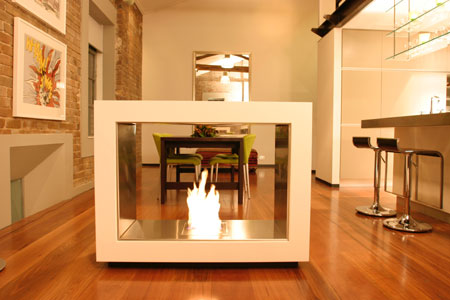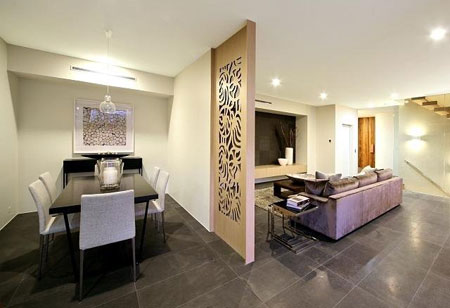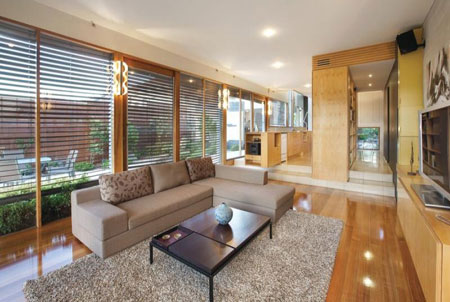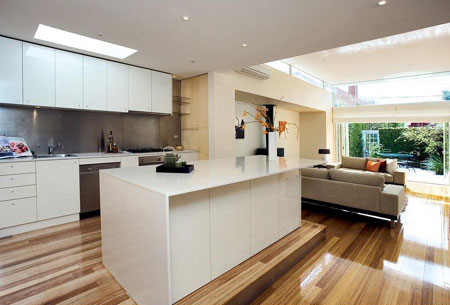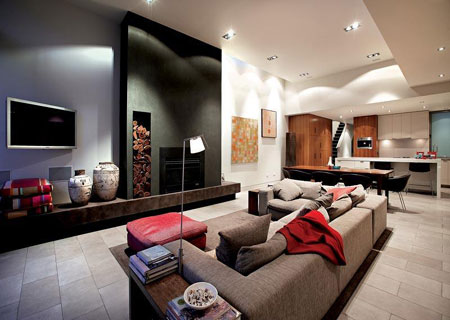Will open plan work for you?
So many of us aspire to the benefits that open plan layouts bring – light, flow, informality – but don’t understand the practicalities. Here's how to make it work.
There was a time when homes were built with lots of separate rooms, all with their own individual purpose and none encroaching on the other. In recent years, there has been a total backlash towards this layout, with open plan spaces becoming one of the most sought after features of a home.
However, more and more people have begun to realise that whilst open plan homes may look great and come with obvious benefits, such as light that flows, the ability to allow you to socialise with guests whilst cooking or keep an eye on the children and a lesser sense of enclosure in smaller homes, there are also some downsides. These include cooking smells wafting into living spaces, nowhere to hide whilst your cooking turns to chaos and noise that transmits easily around the house.
Open plan spaces can also lack a sense of intimacy and cosiness. Happily, all these problems can easily be overcome through clever design, meaning you can have the best of both worlds. Even if you dream of a totally open plan space, to work well, the layout has to have some division, be it visual or physical.
Dividing Open Plan Spaces Up
There are several ways to create room dividers. One of the most commonly used methods is seen in kitchen diners, where breakfast bars or island units are used not only as a handy extra spot for storage and to eat or work, but also as a way of keeping the two spaces separate.
Within other open plan areas, constructing partial walls is the ideal way to maintain a sense of flow, whilst creating ‘zones’. Partition or drywalls are a simple way to create partial divides, consisting of a frame built from timber battens, covered in plasterboard and finished with plaster. They can be as high or wide as you wish, perhaps spanning half a room at half the wall height.
Storage units are another great way of creating partitions whilst serving a useful purpose in solving the problem of a lack of space for shelving. Units are also a flexible option, particularly those on castors, as they can be rearranged or pushed out of the way should the need arise.
A popular trend right now is for central fireplaces. They work especially well positioned between living rooms and dining halls and bring a sense of homeliness which is often needed in open plan layouts, whilst allowing light to flow. They should be planned in at the design stage of a build. Freestanding stoves work in a similar manner and look great in modern schemes.
SMART FIRES
Flooring Variation
A simple way of breaking up spaces is to use a variety of flooring materials. Using stone flooring in the kitchen then swapping to timber floors in the dining space, for example, will define the two areas without the requirement of any physical divide. Similarly, using carpet or natural flooring in a living area to separate it from the more practical choice of hard flooring in a dining or food preparation area, sets out the living space as somewhere to kick back and relax. Always ensure floor levels are set out so that despite the changes in flooring material, each lies flush with the other.
Floor and Ceiling Levels
Using a split-level layout is an ideal way to ensure open plan spaces can be organized into zones. Living spaces accessed by two or three steps from the kitchen diner, for example, clearly stand out as a relaxing area, without being shut off completely. Varying ceiling levels is a good idea too, perhaps using a slightly lower ceiling height in a dining room to that in a kitchen, for an intimate feel.
The use of beams and bulkheads can also be employed to indicate a change in use from area to area. This is a really practical method for renovators opening up a number of small rooms to one another as steel beams are usually required as a means of support.
Cladding
A change in wall cladding can work wonders in dividing spaces up. Choices include simple painted walls, decorative, textured, fabric or even photoprinted wallpaper, timber tongue and- groove cladding and more unusual textured plaster finishes. Sumptuous wallpapers used in living areas work well to define them from other areas.
Using Lighting
Designing your lighting to visually separate various areas can work really well. A good example of this is using downlighters in the kitchen, then hanging either a statement pendant or running three pendants low over a dining table to set it apart as a gathering point. In large spaces, using bright, obvious sources of light, such as spotlights and wall washers in areas where activities take place, then swapping to intimate lamps or uplighters for restful areas is ideal. Using lights inset into the floor or along the bottom of walls provides a divide between spaces and fitting uplighters beneath a central fireplace will highlight it as a divide.
Natasha Brinsmead

